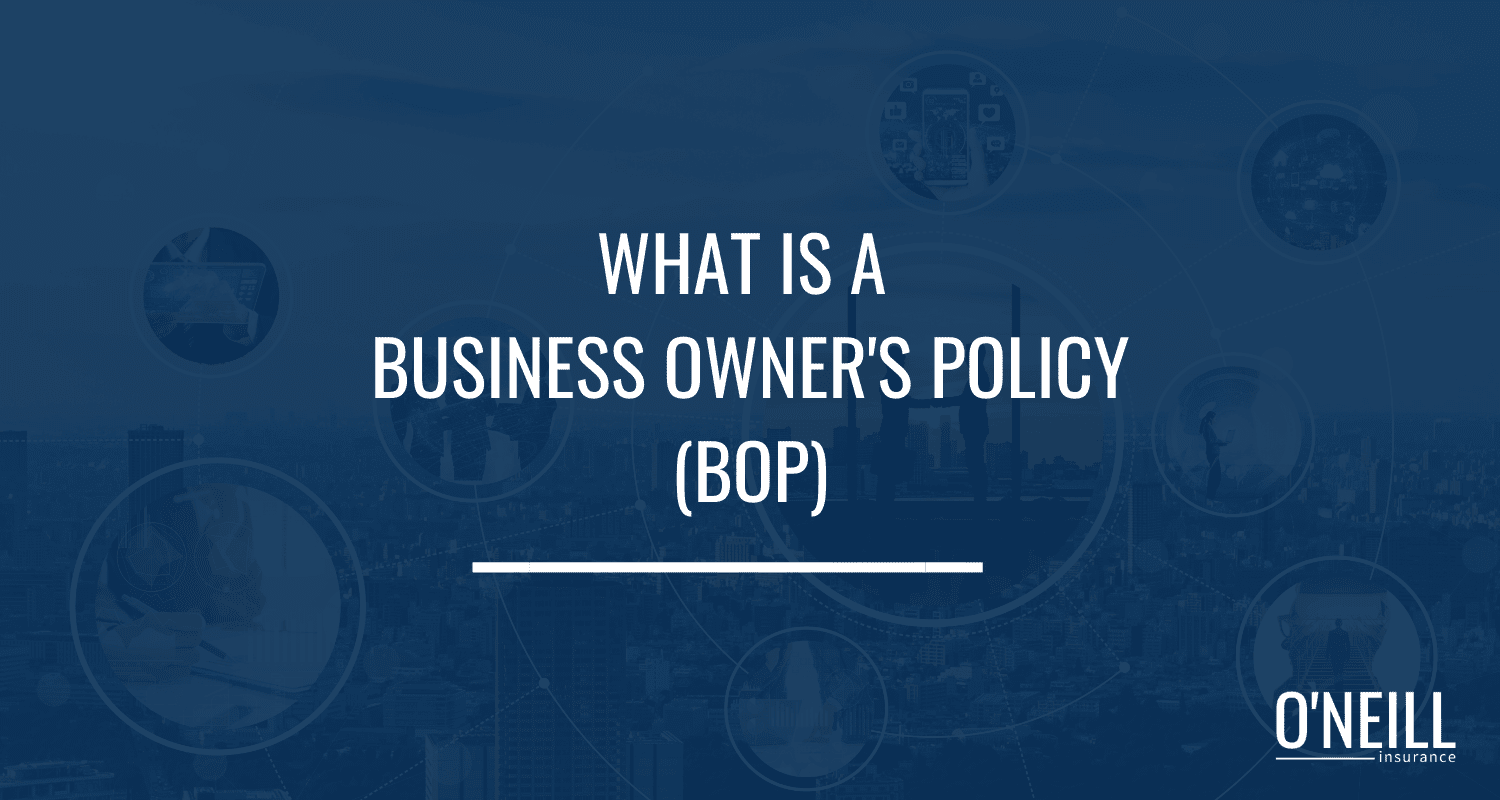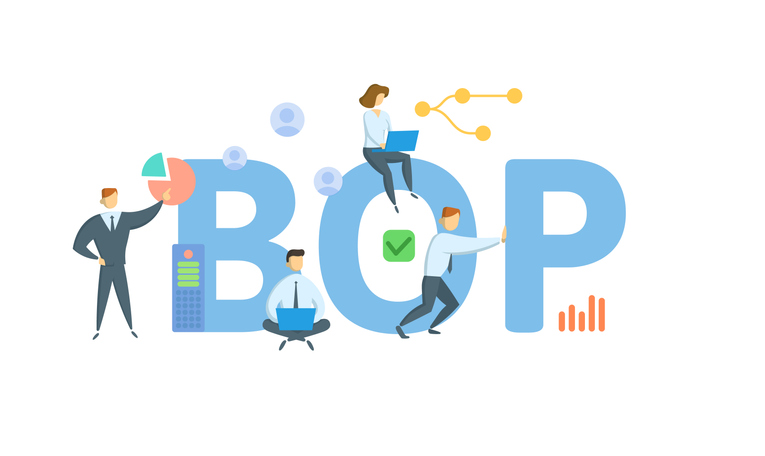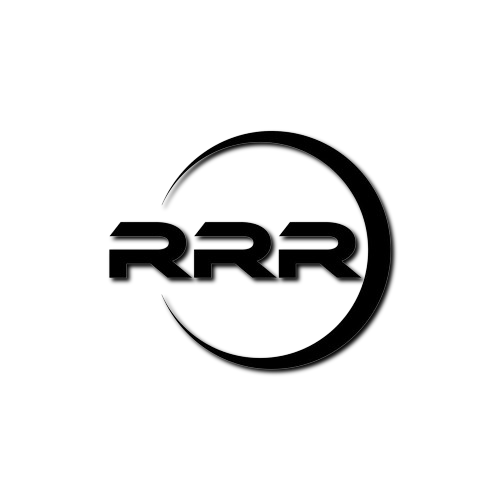A Comprehensive Guide to Business Owner’s Policy (BOP) Insurance
A Business Owner’s Policy (BOP) is a comprehensive package of insurance coverages tailored to meet the needs of small and medium-sized businesses. This guide provides an in-depth look at BOP insurance, covering its features, benefits, coverage options, and considerations, helping you make informed decisions about the right policy for your business needs. Unlocking the Mysteries of Auto Insurance: A Comprehensive and Entertaining Guide

Table of Contents
- Who Owns Sun Life Insurance? Best In-Depth Look at Ownership 2024
- Cheap Auto Insurance: Finding Affordable Coverage 2024
- Home and Auto Insurance: Comprehensive Coverage 2024
- Legal and General Life Insurance: Comprehensive Coverage for Your Loved Ones 2024
- Seven Corners Travel Insurance: Comprehensive Coverage for Travelers 2024
What is a Business Owner’s Policy (BOP)?
A Business Owner’s Policy (BOP) combines various essential coverages into one package, typically including general liability, commercial property, and business interruption insurance. This package is designed to provide comprehensive protection for small to medium-sized businesses against a wide range of risks.
Key Features of a BOP
- General Liability Insurance: Covers claims related to third-party bodily injury, property damage, and advertising injury.
- Commercial Property Insurance: Protects physical assets, such as buildings, equipment, and inventory, against risks like fire, theft, and vandalism.
- Business Interruption Insurance: Provides financial support to cover lost income and operating expenses if the business is temporarily unable to operate due to a covered peril.
- Customizable Coverage: Allows businesses to tailor the policy with additional coverages and endorsements to meet specific needs.
- Cost-Effective: Bundling multiple coverages into one policy often results in lower premiums compared to purchasing each coverage separately.
Benefits of a BOP
A Business Owner’s Policy offers several important benefits for businesses:
- Comprehensive Coverage: Provides broad protection against common risks faced by businesses, ensuring financial stability.
- Simplified Management: Combines multiple coverages into one policy, simplifying the insurance management process.
- Cost Savings: Bundling coverages into a BOP typically results in lower premiums than purchasing individual policies.
- Customizable Options: Allows businesses to add additional coverages, such as cyber liability or equipment breakdown, to address specific risks.
- Peace of Mind: Ensures that the business is protected against a wide range of risks, allowing owners to focus on operations and growth.
Common Perils Covered by a BOP
A BOP typically covers a wide range of perils, including:
- Fire: Damage to property caused by fire.
- Theft: Loss of property due to theft or burglary.
- Vandalism: Damage to property caused by vandalism or malicious acts.
- Natural Disasters: Damage from events such as windstorms, hail, and lightning (excluding floods and earthquakes unless added as endorsements).
- Business Interruption: Loss of income and additional expenses incurred due to a temporary shutdown caused by a covered peril.

Factors Affecting BOP Premiums
Several factors influence the cost of a BOP premium:
- Business Size: Larger businesses with higher revenue and more employees may face higher premiums.
- Industry: Certain industries, such as construction or manufacturing, may have higher premiums due to increased risk exposure.
- Location: Businesses located in areas prone to natural disasters or high crime rates may face higher premiums.
- Claims History: A history of frequent claims can result in higher premiums, as insurers view the business as higher risk.
- Coverage Limits: Higher coverage limits and additional endorsements increase premiums.
- Risk Management Practices: Implementing effective risk management and safety practices can help reduce premiums by mitigating risk.
How to Choose the Right BOP
Selecting the right BOP involves careful consideration of several factors:
- Assess Your Coverage Needs: Determine the level of coverage needed based on your business operations, physical assets, and risk exposure.
- Compare Quotes: Obtain quotes from multiple insurers to compare premiums, coverage options, and policy features.
- Review Policy Exclusions: Understand what is not covered by the policy, such as certain natural disasters or specific types of property damage.
- Consider Additional Coverages: Evaluate whether additional endorsements or riders are necessary to meet your needs, such as cyber liability or equipment breakdown coverage.
- Check for Discounts: Look for available discounts, such as those for maintaining a claims-free record or implementing risk management practices.

The Claims Process
Filing a BOP claim involves several steps:
- Notify the Insurer: Contact the insurance company as soon as possible after an incident occurs or a claim is made.
- Document the Incident: Gather evidence, such as photos, invoices, and any other relevant information.
- Complete Claim Forms: Fill out the required claim forms provided by the insurer.
- Provide Documentation: Submit necessary documents, such as police reports, repair estimates, and financial records.
- Insurer Review: The insurance company reviews the claim and may request additional information or conduct an investigation.
- Approval or Denial: The insurer approves or denies the claim based on the policy terms and documentation provided.
- Receive Payment: If approved, the insurer issues payment for the covered losses.
Common Exclusions and Limitations
BOP policies often include exclusions and limitations:
- Flood and Earthquake Damage: Damage from floods and earthquakes is typically excluded and requires separate coverage.
- Intentional Acts: Damage or injury caused intentionally by the policyholder or employees is not covered.
- Wear and Tear: Damage from normal wear and tear or lack of maintenance is excluded.
- Professional Liability: Claims related to professional services, such as errors or omissions, are excluded and require separate coverage.
- Employee Injuries: Injuries to employees are not covered and require workers’ compensation insurance.
Case Studies
Case Study 1: Fire Damage
ABC Bakery, a small bakery, experienced a fire that caused significant damage to its building and equipment. The business was forced to close temporarily for repairs. ABC Bakery’s BOP covered the repair costs for the building and equipment, as well as the lost income during the closure. This coverage allowed the bakery to reopen without facing financial ruin.
Case Study 2: Theft
XYZ Electronics, a small electronics store, was burglarized, resulting in the loss of valuable inventory. XYZ Electronics’ BOP covered the cost of replacing the stolen inventory and repairing the damage caused by the break-in. This protection ensured that the business could continue operations without severe financial impact.
Industry Insights and Statistics
- Growing Adoption of BOPs: According to a report by the National Association of Insurance Commissioners (NAIC), the adoption of BOPs among small businesses has been steadily increasing, with more businesses recognizing the benefits of bundled coverage.
- Claims Frequency: The Insurance Information Institute (III) reports that fire and theft are among the most common claims filed under BOPs, highlighting the importance of these coverages for small businesses.
- Cost Savings: A study by Insureon found that businesses can save up to 20% on premiums by purchasing a BOP instead of individual policies, making it a cost-effective option for comprehensive coverage.
Conclusion
A Business Owner’s Policy (BOP) is a valuable tool for small and medium-sized businesses, providing comprehensive protection against a wide range of risks. By understanding the key features, benefits, coverage options, and factors affecting premiums, you can make an informed decision about the right BOP for your business. Whether for protecting physical assets, ensuring business continuity, or securing peace of mind, a BOP offers essential coverage in today’s complex business environment.
Sources
- National Association of Insurance Commissioners (NAIC) – Business Owner’s Policy
- Insurance Information Institute (III) – Business Owner’s Policy
- Insureon – Business Owner’s Policy (BOP)


1 comment
[…] Commercial Property Insurance is a vital component of business insurance, providing protection for a company’s physical assets against various risks. This guide offers an in-depth look at Commercial Property Insurance, detailing its features, benefits, coverage options, and considerations to help you make informed decisions for your business. Best Guide to Business Owner’s Policy (BOP) Insurance 2024 […]